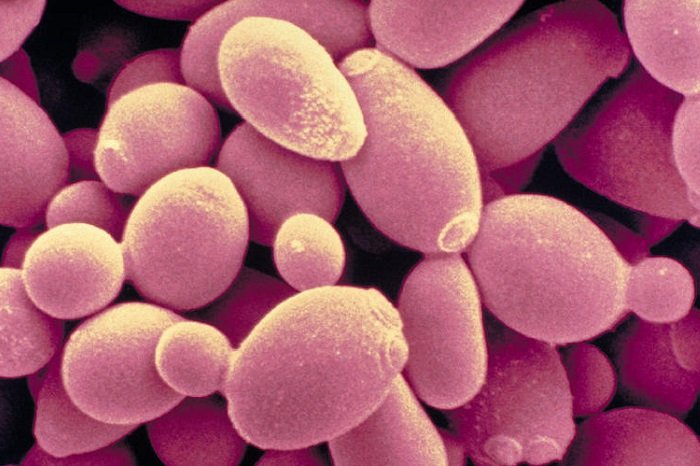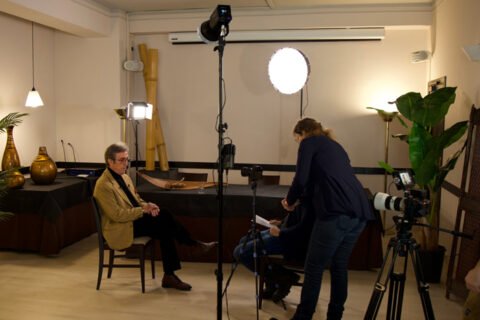I am reposting, after what was recently stated on television, For a Fistful of Yeast, an old editorial that was even corrected to me by Professor Luigi Moio, since I at most divulge and have no scientific expertise on the subject such as to do it myself.
Lately a proud controversy has been raging on “wine” websites on the topic related to the use of selected or “indigenous” yeasts with all that it entails. Yeasts are nothing more than “saccharomyces.” Microorganisms that convert the sugars in grape must into ethyl alcohol, mainly, resulting in alcoholic fermentation and the simultaneous production of carbon dioxide, which makes the musts “boil.” There are several types, they are also found on the skins of berries, but they are mostly present at a quiescent level in the cellars where fermentations take place.
Selected yeasts
There are also, and are widely used, so-called “selected yeasts“, the result of a simple selection of naturally occurring strains and their characterization, basically a kind of breeding carried out by large biotechnology companies that produce and sell them. These are not ” artificial ” yeasts, of chemical powders, but of live saccharomyces, obtained only from certain strains and adapted to make fermentation more constant and safe by eliminating those types of yeasts that can cause fermentation blockages or that cannot withstand certain alcohol concentrations. Or that can produce high levels of sulfur dioxide or acetic aldehyde or acetic acid.
A classic example of Resistance to high concentrations of sugar and alcohol are the so-called “vinsanto yeasts” used when the must is the result of pressing dried grapes and therefore very rich in sugary substances, which are then transformed into alcohol with great difficulty, and often only partially, by “normal” yeasts.
Very often selected yeasts are simply good fermenting agents, more rarely work developing certain characteristics especially in the case of wines that can acquire particular aromas in fermentation, as in the case of Sauvignons, to take the best-known example. Some, in this regard, speak of real “doping” for certain wines, and with some reason.
Indigenous yeasts
“Indigenous” yeasts, on the other hand, are those that occur “naturally” in wineries, include many different strains, some identical to selected yeasts, others specific, and among the latter there are good ones and less good ones. A famous winemaker often claims that different yeast strains are like dog breeds. There are no good dogs and bad dogs, only more or less suitable for certain circumstances. If I have to go hunting maybe I won’t take a Doberman, if I have to control a herd a dachshund is hardly suitable, and if I have to enter a dog in a race probably a St. Bernard would be less suitable than a greyhound, which moreover I wouldn’t want to accompany me in the snow.
Returning to “indigenous” yeasts, while it is very true that they can sometimes sometimes they can give very interesting facets to wines, it is also true that some problems are more likely to be determined with their use. I fermentation blocks inhibit not only the transformation of must into wine, but also the production of carbon dioxide which, being a heavy gas, creates a kind of cavity between the must and the air during the tumultuous fermentation period, protecting it from oxidation and attack by acetic bacteria. So it also protects against a kind of reverse globalization, brought about by those oxidized and cue odors that are the same in all wines and fatally cause them to lose their typicality and territoriality.
The futility of opposition
As you can see, there are pros and cons in both camps. Also wine microbiology is an extremely complex terrain and largely unexplored, so no one has the truth in their pockets, in either of the opposing camps. And it is perhaps the sometimes very harsh contrast that I just cannot understand. There are wonderful wines made with both systems, just as there are banal and even defective ones.
The discriminator does not seem to me to be related to yeast types, as if there is always only good on one side and only bad on the other side. And once again, I think it’s much more important to research and dialogue rather than to give the cue to unnecessary controversy And shockingly violent. And just for a handful of yeast.





